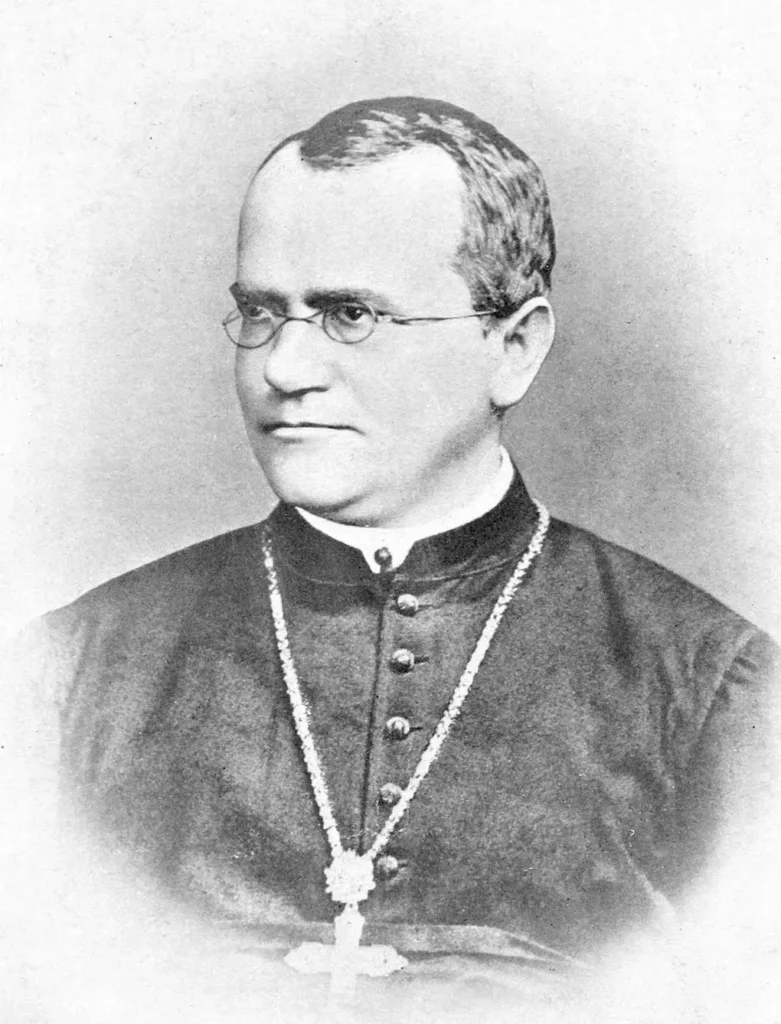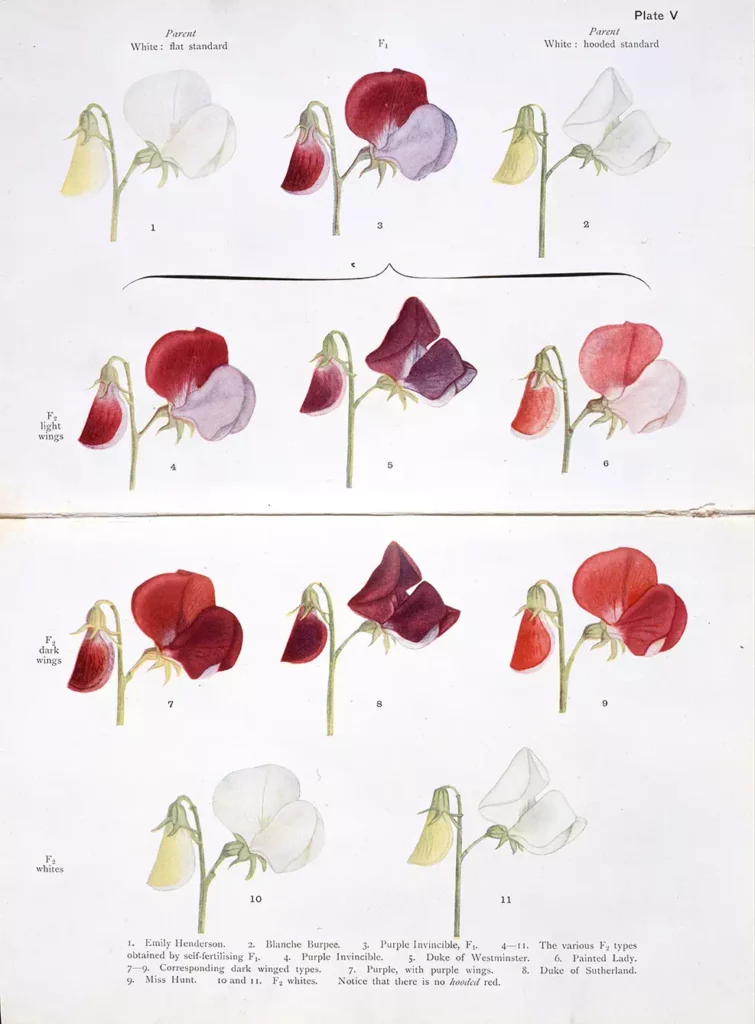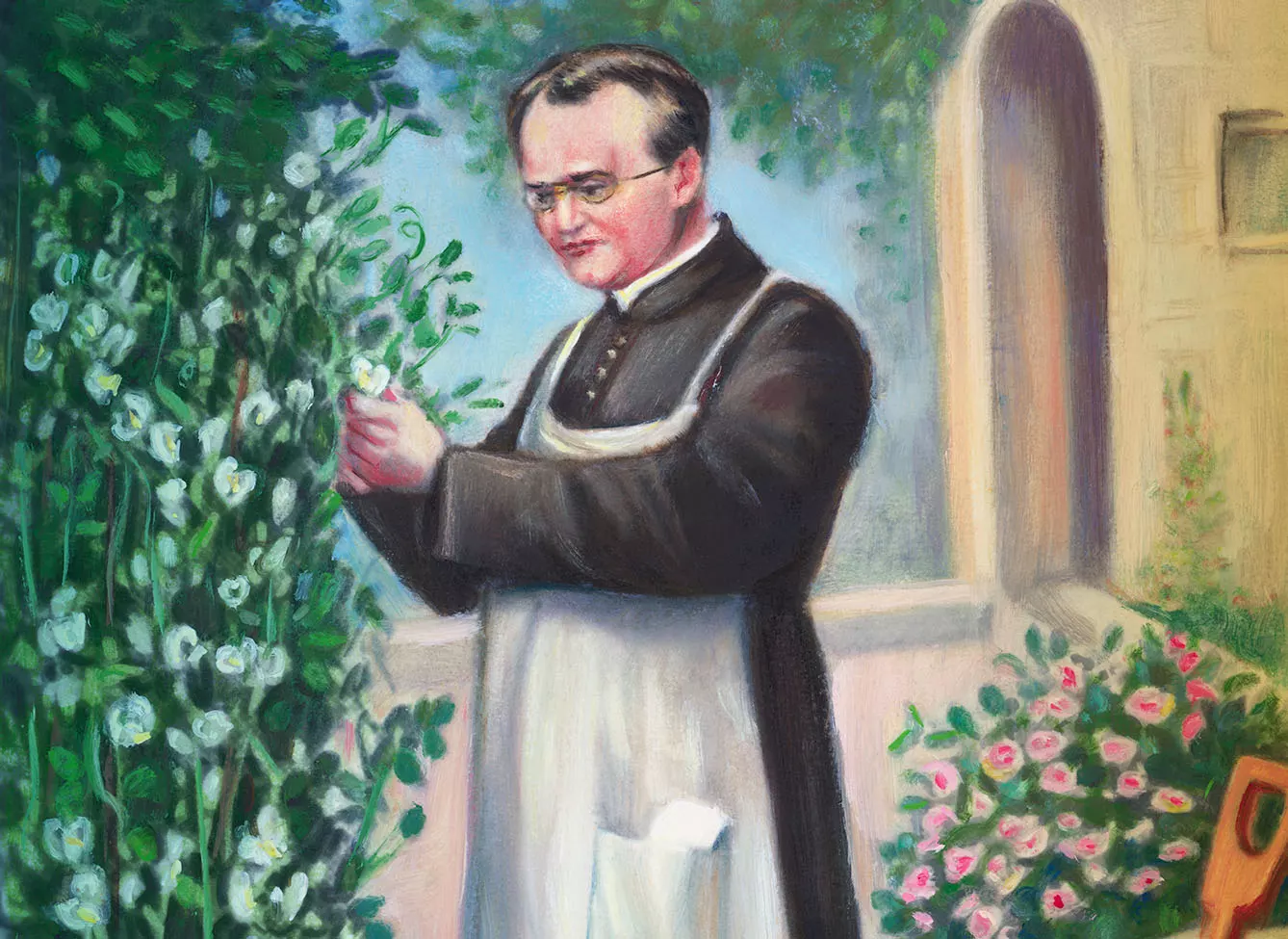On 20 July this year, we will celebrate 200 years since Gregor Johann Mendel was born in the small village of Hynčice by the Czech-Polish border. Who is Gregor Mendel? He was born into a humble German-speaking farming family during the times of the Austrian-Hungarian empire. His parents, wanting a better life for their son, sent him to Piarist High School (a Catholic school) and later to a nearby Grammar school.
Gregor Mendel: genetics origins

However, Mendel’s parents were not able to support him financially. Seeing that and not wanting to be a burden, Mendel started to earn a living by tutoring his schoolmates. Proving a successful student, he was accepted into the Philosophical faculty of the University of Olomouc. Funnily enough, he learned Czech thanks to his application to the university, for which knowledge of the Czech language was required.
In 1843 Mendel, a devout Christian, entered the Augustinian Order at the monastery in the city of Brno. By that time, he had taken the monastic name of Gregor. Then in 1851, his superior, Abbot Napp, sent him to study in Vienna, where he focused on mathematics, physics, botany, zoology, and paleontology.
There, he met Professor Christian Doppler, a teacher of combinatorics and probability theory, which had a profound impact on the young scholar. The methods he learned from Doppler proved more than helpful in his experiments.
The birth of the laws of genetics – Gregor Johann Mendel
It was combinatorics and probability that helped Mendel understand the laws of genetics. He started to conduct experiments in 1856, using two hectares of soil in his monastery to cultivate over 28,000 pea plants over nine years. The results led to the formulation of three main principles in 1865, which we today know as Mendel’s laws. Unfortunately, his work was not recognized or widely accepted during his lifetime. Even though he presented his revolutionary findings at many biology panels and conferences, nobody was enlightened enough to see the genius in Mendel’s conclusions.
In 1900, 35 years later, his discoveries were re-discovered by Hugo de Vries and Carl Correns, two prominent botanists. They both confirmed the primacy and utmost importance of Mendel’s work. And just like that, 16 years after his death, Gregor Johann Mendel was dubbed the “Father of Genetics.”

Mendel devoted himself to the Augustinian monastery to ease his mind from underappreciation of his work. His devotion was rewarded in 1868 when he was elected to be its Abbot. With little time for experiments, Mendel took up two new hobbies – beekeeping and meteorology.
Gregor Mendel: devotion and science
He built a custom series of apiaries in the monastery gardens, intending to watch behavior patterns in different bee colonies. With his meteorological measurement stations in several parts of the monastery complex, he measured temperature, wind, and pressure three times a day. The meticulous records of these measurements can be found and read to this day in Mendel’s Museum.
Gregor Johann Mendel died on January 6th, 1884. His final resting place is in the city of Brno, where he lived, worked, and died. The story of GJM is inspirational even today: many science fairs carry his name, as well as a university in Brno. But the most important legacy of Gregor Johann Mendel might not be clear at first glance.
His importance lies in the fact that he contradicts the stuck idea that science is in direct contradiction with religion. All it took to find the symbiosis between religion and science was just one tireless monk, a microscope, and a lot of patience. Nine years of patience, to be scientifically exact.
You may also be interested in our article about From the Mafia to a Medieval Kingdom.







